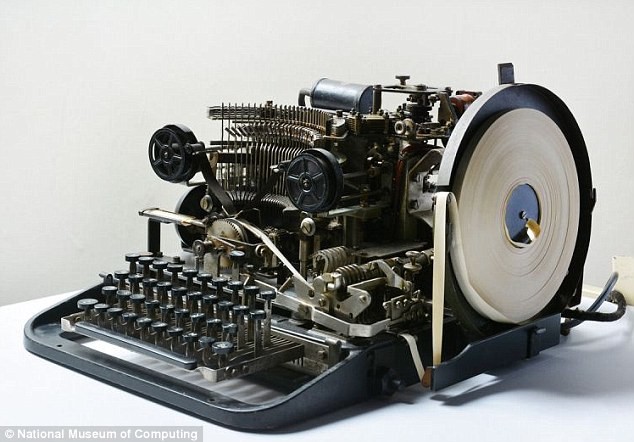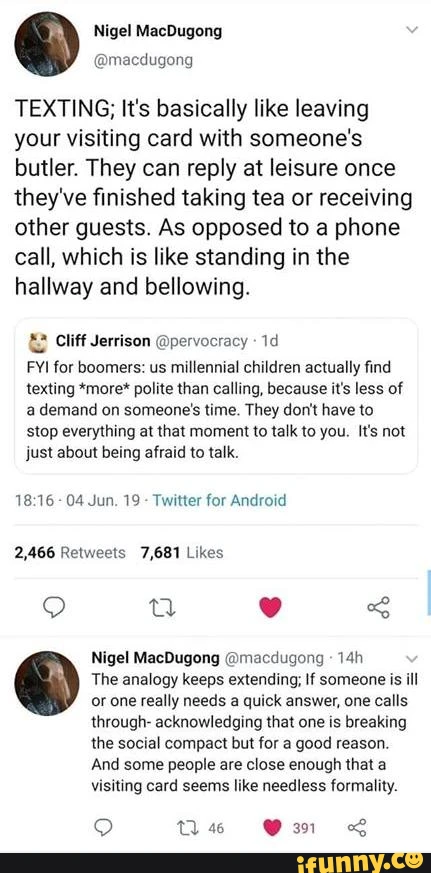A couple of decades ago, when cell phones began taking off in a big way, few predicted that as a result live audio communication would decline and be largely superseded by texting. So what if the telephone had remained an also-ran technology such as, say, pneumatic tubes, and the dominant method of point-to-point telecommunication from the turn of the 20th century had instead remained text-based, relying on personal teleprinters?
Those that existed in OTL were a bit bulky, but I'm assuming that more compact models would be developed for private use.

Those that existed in OTL were a bit bulky, but I'm assuming that more compact models would be developed for private use.



